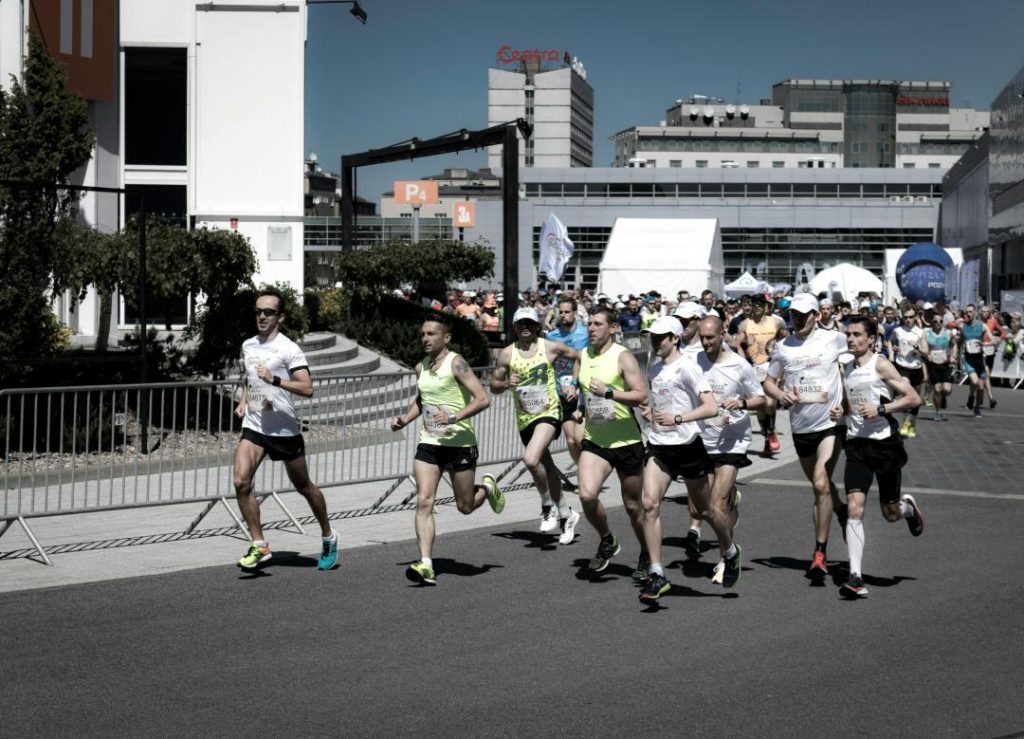
New Study Shows HIIT is Best for Building Endurance
When it comes to improving endurance, athletes and fitness enthusiasts often turn to interval training as a way to boost their performance. But with so many different types of interval training out there, it can be tough to know which one is most effective. A recent study published in the Scandinavian Journal of Medicine & Science in Sports sheds some light on this question, and the results may surprise you.
The study, which was conducted by researchers at the Maastricht University in the Netherlands, set out to compare the effects of two different types of interval training on endurance and VO₂max (a measure of an individual’s aerobic fitness). The first type of interval training was high-intensity interval training (HIIT), which involves short periods of all-out effort followed by brief periods of rest. The second type of interval training was sprint intervals, which involve short, all-out sprints followed by longer periods of rest.
The researchers recruited 24 well-trained male athletes and divided them into two groups. One group performed 4×4-minute HIIT sessions, while the other group performed 4×30-second sprint intervals. Both groups trained for 8 weeks, with sessions taking place 3 times per week.
The results were conclusive: the HIIT group experienced significantly greater improvements in endurance and VO₂max than the sprint interval group. In fact, the HIIT group saw an average increase in VO₂max of 12.4%, while the sprint interval group saw an average increase of just 5.6%. This means that the HIIT group was able to sustain a higher level of exercise intensity for longer periods of time, which is a key component of endurance.
So why did HIIT outperform sprint intervals in this study? There are a few possible explanations. One is that HIIT allows for a greater amount of active recovery time, which can help to improve endurance by allowing the muscles to recover and adapt to the demands of exercise. Sprint intervals, on the other hand, require a longer period of rest before the next sprint can be performed, which may not allow for as much active recovery time.
Another possible explanation is that HIIT is more effective at challenging the aerobic system, which is responsible for providing energy to the muscles during low-intensity exercise. HIIT involves longer periods of exercise at a high intensity, which can help to improve the efficiency of the aerobic system and increase endurance. Sprint intervals, on the other hand, are typically performed at a very high intensity, but for a shorter period of time, which may not be as effective at improving aerobic fitness.
This study confirms what many coaches and athletes have suspected for a long time: that HIIT is an effective way to improve endurance. But it’s not just the type of interval training that’s important – it’s also the duration and intensity of the workout. In this study, the HIIT sessions were 4 minutes long, which is longer than many HIIT workouts you’ll find in gyms and fitness studios. This longer duration may be what allowed the HIIT group to experience such significant gains in endurance.
So if you’re looking to improve your endurance, it’s worth considering HIIT as part of your training routine. While sprint intervals can be a fun and effective way to improve speed and power, HIIT may be a more effective way to improve your overall endurance. Just be sure to start slowly and gradually increase the intensity and duration of your workouts as you get more comfortable.
Sources:
- “Which Interval Training is Best for Improving Endurance?” by The Performance Factory Club (https://thepfc.club/blogs/news/which-interval-training-is-best-for-improving-endurance)
Note: The article is written based on the news and the reader is encouraged to read the original article for more information and details.






